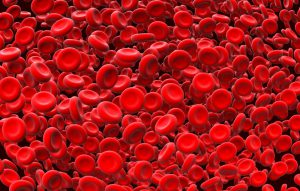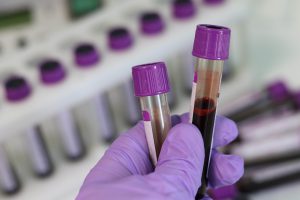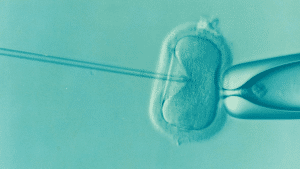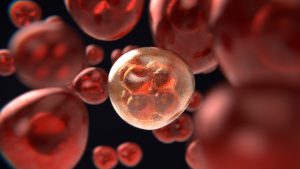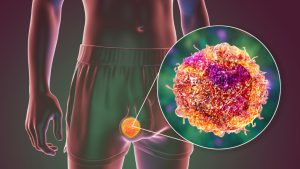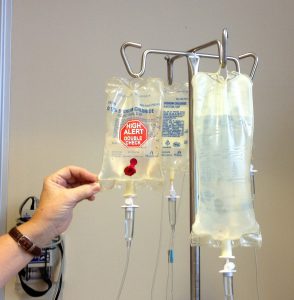Having health insurance is important, so you won’t have to pay a lot out-of-pocket when the bill for your doctor visit or treatment comes. But even if you do have health insurance, you could end up being denied coverage for treatment, lab work, or other medical services you have received, meaning you will be required to pay for those services out-of-pocket. But don’t lose hope: if you have health insurance and one of your claims is denied, know that you have the right to appeal the denial.
Why Was Your Claim Denied?
Health insurance companies can make mistakes, or can sometimes be persuaded to change their minds about a claim, so it’s always worth exercising your right to appeal a health insurance claim denial presented to you. And fortunately, appealing a denial is easier than you might think.
The first step to appealing a denial is to review your health insurance plan’s benefits to make sure that the service is covered by your plan. If you can’t find what you’re looking for, you can contact your insurer’s customer service department and ask for assistance.
If it seems as if the service should have been covered by your insurance plan, the next step is to understand why you were actually denied the coverage. Reasons for denials can include:
- The provider you saw was not in the insurance company’s network. This is a common mistake, so remember that it is important to always check if your doctor is in-network before seeing them.
- The treatment you received is not FDA-approved.
- The services you received were not deemed medically necessary for your condition. If you need to appeal on these grounds, you’ll need a note from your doctor stating why the treatment is medically necessary.
The Next Steps for Appealing Your Denial
1. Appeal The Insurer
Once you have a better idea of why your claim was denied, you should obtain an appeal form from your insurer. Be sure to also contact your provider and request any documentation that you will need from them, so you have everything ready before you even fill out the appeal application. You can include an appeal letter stating why the treatment was medically necessary for your condition, with backing from your doctor. Keep records of all communication you have with your insurer regarding your appeal.
2. Appeal The Insurer Again
If you have done all of the above, and are not happy with your insurer’s response, you can request a second-level review by the insurance company.

3. Appeal to an Independent Review Organization
If you have submitted an appeal to your insurance company, and have also appealed a second time, and still have not received a satisfactory reply, you can request a third-level appeal to an outside organization, known as an independent review organization. Your claim might be reviewed by a doctor or another clinician who is board-certified and licensed in the same or similar specialty as the treatment.
Find A Better Health Plan
Unfortunately, sometimes you will find that your health insurance plan doesn’t cover everything you need it to, leaving you with a big bill that you will have to pay out-of-pocket. If your plan isn’t adequate for your needs, it’s time to find a plan that is, so you can save as much money as possible. If you’re shopping for a plan, your best bet is to speak to a licensed EZ agent. Our agents work with the top-rated insurance companies in the nation, so we can compare plans in minutes. We will not only find a plan that has all the benefits you’re looking for, but we will also make sure the plan meets your financial needs. To get free instant quotes, simply enter your zip code in the bar above, or to speak to a local agent, call 888-350-1890. No obligation.

